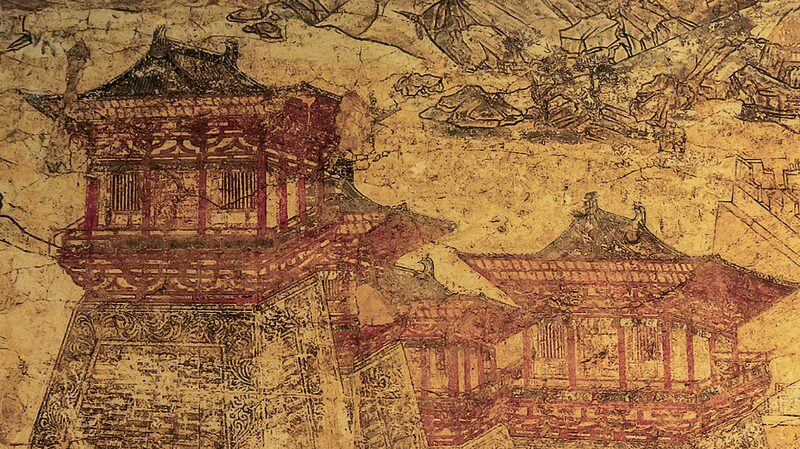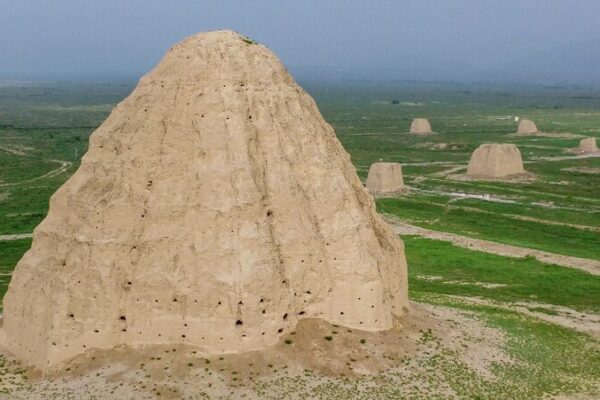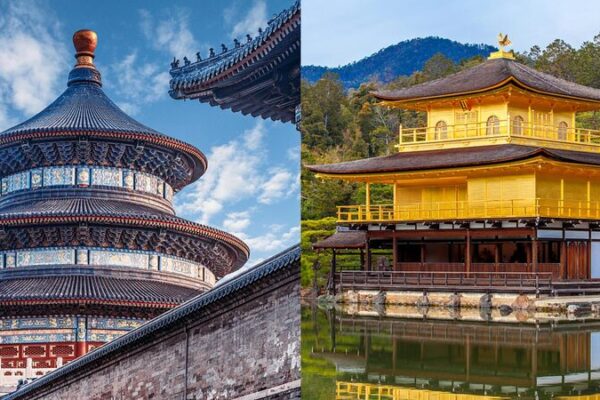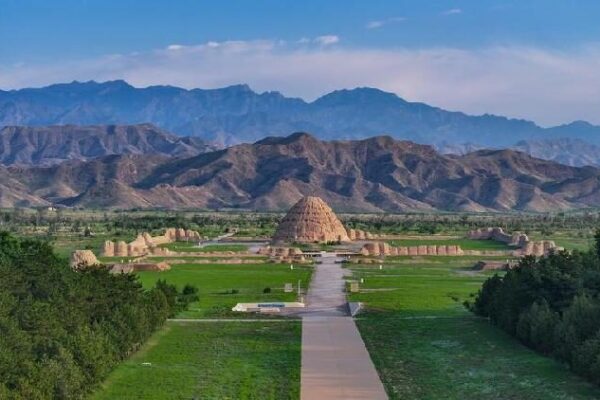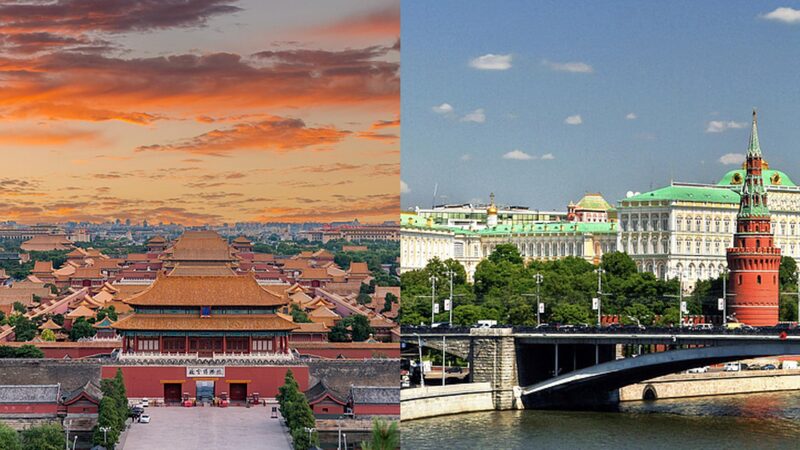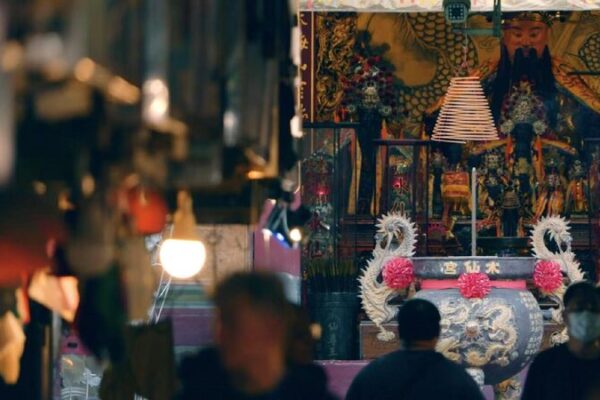In the vast tapestry of ancient China’s architectural wonders, the que towers stand as silent sentinels of history. Originally constructed as watchtowers, these structures evolved over time into grand symbols of status and ceremonial importance.
The que began as practical edifices, looming over landscapes to keep a vigilant eye on the horizons. As dynasties rose and fell, their purpose transformed. No longer merely functional, they became ornate markers at the entrances of imperial palaces, temples, and mausoleums. Their imposing presence was designed to awe visitors and signify the grandeur of the empire.
There were various configurations of the que. Some stood alone, commanding attention with their solitary stature. Others were built in pairs, known as the “mother-child” duo—a larger central tower accompanied by a smaller one. The most prestigious arrangement was the trio: a central “mother que” flanked by two “child que.” This formation was reserved exclusively for imperial sites, symbolizing the emperor’s ultimate authority and the empire’s sanctity.
The architectural design of the que was rich with symbolism. The central tower represented the emperor, the “Son of Heaven,” while the accompanying towers signified support and unity within the realm. Together, they embodied the harmony and order that were the cornerstones of ancient Chinese philosophy and governance.
Today, remnants of these majestic structures can still be found, offering a glimpse into a past where architecture and authority were deeply intertwined. The que towers remind us of a civilization that valued symbolism and ceremony, leaving behind a legacy etched in stone.
Reference(s):
Guardians of power: The ceremonial role of que in ancient China
cgtn.com
